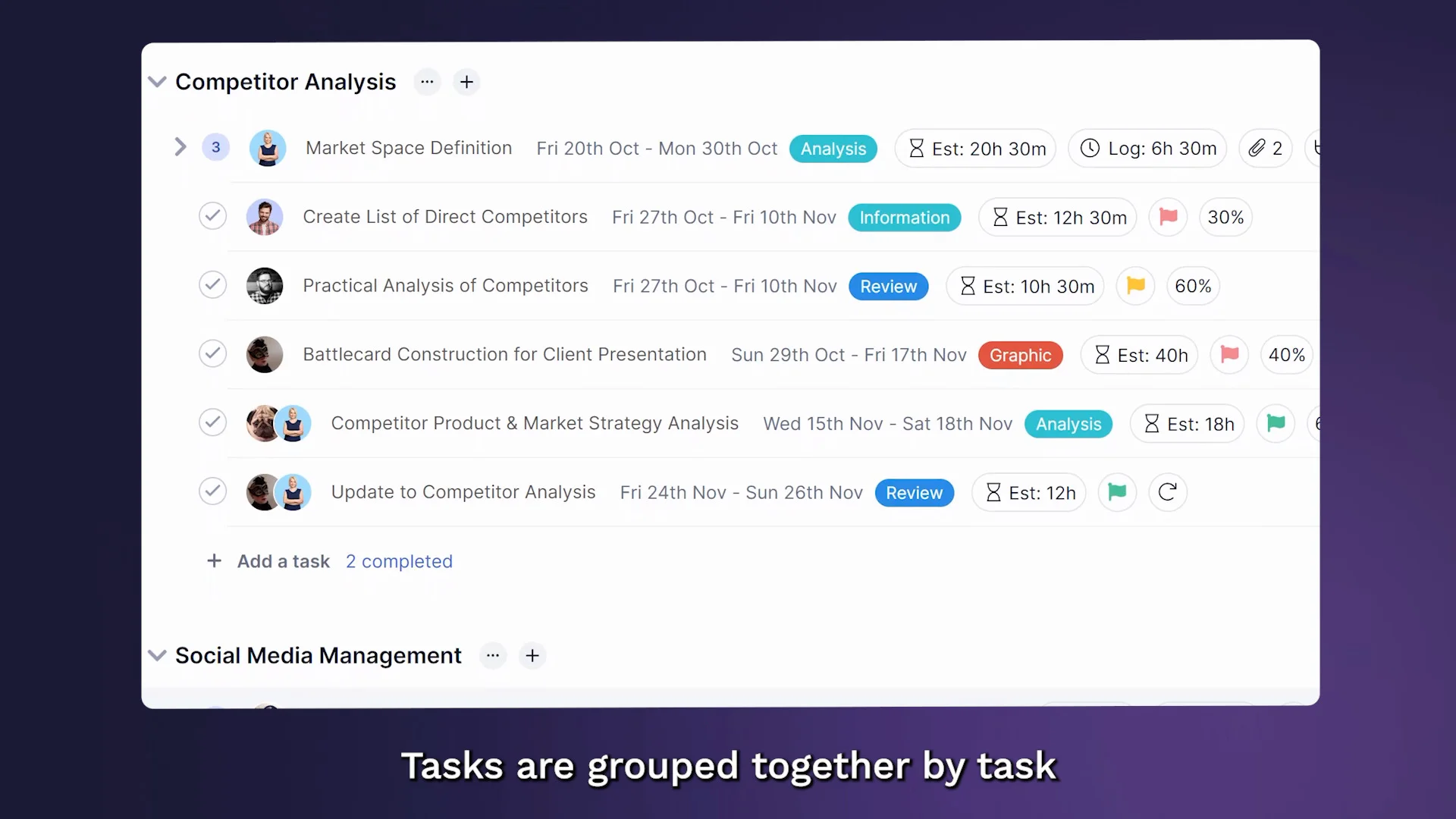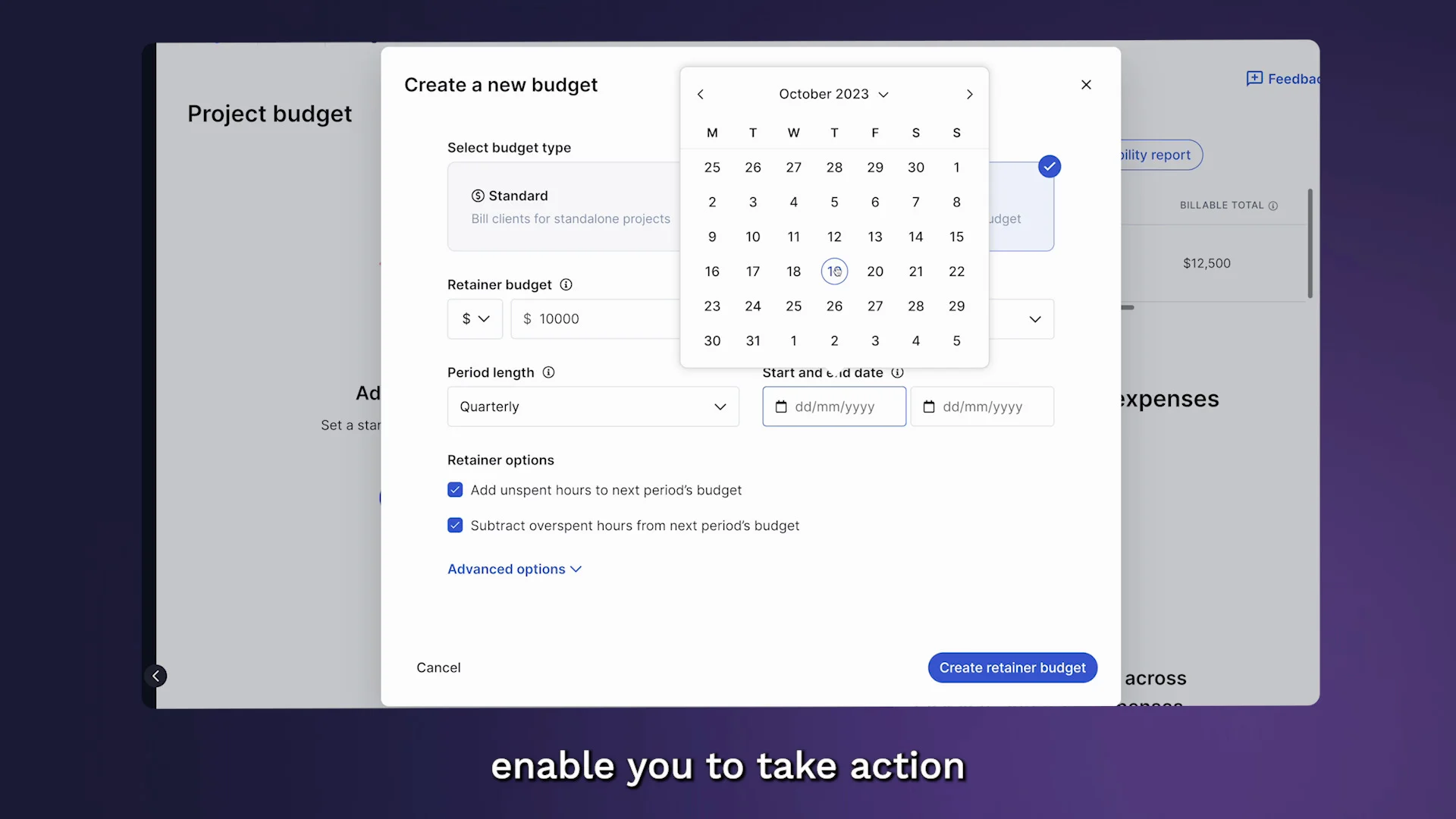Reports can be a beautiful thing — they can also be a struggle.
Daily reports are a staple when it comes to managing the day-to-day tasks of a team. As a manager, these reports give insight into what needs your attention and what you need to pass up the chain.
The pitfall of daily work reports is they can suck a ton of time out of your schedule if you’re not careful. Luckily, using a daily report template can minimize the time spent on sharing project progress.
Let’s dive into what you should include when building a daily work report template, how to prepare a daily report, and the benefits of effective daily reporting.
What is a daily report?
)
It's right there in the title: Daily reports detail the actions that happen in a day. They help track team progress and keep an eye on specific tasks. In addition, the most significant updates from these reports are often “floated up” the chain to update higher-level stakeholders.
What should a daily activity report template contain?
There's a fine line between building an effective daily report and one fraught with frivolous details. While details are necessary, too many can make these daily reports too time-consuming to sustain. Here's what you'll want to include to make your daily report effective — without being saddled with excess information.
1) Date and time
A daily report encompasses an almost real-time status of a single workday. Including the day, month, year, and time you created the report at the top of the daily report form decreases potential confusion for the reader.
2) Summary of work done and progress

This section should contain the main items the project team worked on during the day and the progress they achieved. It doesn’t have to go into great detail. A broad, overarching description will suffice.
3) List of completed tasks
Seeing what's finished is key to tracking progress and understanding the project workflows. Include a short section dedicated to “marking stuff off the list” of the project.
4) Ongoing and outstanding tasks
A status report template should give a brief update on what’s still open. These items are typically what's to come over the next few days.
5) Tasks to be completed in the future
This section is more in-depth than the one above. It contains a list of tasks your team must complete before delivering the final project. Over the project's lifecycle, this list will shrink a bit every few days.
6) Problems, challenges, and blockers
Project management challenges can wreak havoc on a project. One of the biggest reasons for a project management system is it gives the project manager a way to identify and address roadblocks. A project status report must include every pinpointed obstacle and plans for dealing with it and keeping the project on track.
7) Milestones that have been achieved
Milestones streamline the project management process. Reaching milestones is one of the best ways to deduce if the team can deliver the project by the deadline. Every daily progress report should have a section that shares the milestones the project team has reached.
8) Resources of budget used

Keeping a project within its allocated budget ensures the company doesn’t spend more on it than its worth. By daily noting the budget percentage and dollar amount, project managers aren’t surprised by wayward expenditures.
9) Any additional information stakeholders should know
Project managers should use this section of the progress report template for the important information that doesn’t fit into the other sections. Things like a team member being out sick or a new app integration that has a bearing on the project are examples of items that you would include here. Sometimes, this section will be blank.
You can keep track of all your need-to-knows in your project management software. See how Teamwork.com helps agencies organize all pertinent project information in one central hub.
How to prepare an engaging daily report
)
Daily reports are powerful tools — if you can get stakeholders to read them. Otherwise, they’re just time wasters. If they aren’t well organized, have too much detail, or don’t include important information, you’ll still have to field questions about the project.
This is where a daily report template comes in handy. By sharing the same type of content every day, the reader gets used to knowing where to look for the information they need.
Choose the file format you'll use, a font size that’s easy to read, and make sure the document is printable. While it’s not exactly green, some people still like having a paper copy of reports. Add the project name to the top of the report and use clear headings for scan ability. From there, you’ll need to:
1) Gather necessary information and data
Use your project management software to locate the project’s progress. Refer back to any meeting notes for other details to include in the report. You may also collaborate with your team on the information you need to share.
2) List accomplishments and completed work
Clearly list what the team accomplished throughout the day that pushed the project forward. These may be check-ins with subcontractors, finishing a key task, or reaching a milestone. If there are more than a couple, consider noting them in bullet-point format.
3) Identify blockers and challenges
It’s important to make stakeholders and clients aware of blockers (if there are any). Sometimes, what’s holding up the works may be an approval from one of the parties reading the report, and this section of the daily report can serve as a reminder.
4) Prioritize future tasks to be completed the next day
Stakeholders want to see what’s been accomplished, but they also want to know you’re on top of what’s coming next. Lay out the next steps, tasks, meetings, client check-ins, and other items planned for the next workday, prioritizing the most urgent ones.
5) Include additional information if necessary
Note any action items stakeholders would find valuable. These may include metrics, pricing changes, or workflow changes. Be thorough with the essential information but avoid the temptation of throwing every little detail in. It can bog down the reader and prevent them from absorbing the information.
Benefits of an effective daily report
A daily activity report template provides project managers with several valuable benefits that help elevate the entire process. Below, we’ll cover some of the most significant advantages of an effective report.
(And if you want to learn how to prepare an awesome project management report, check out our helpful resource!)
1) Increased productivity and achievement
Knowing there will be a black-and-white list of what was accomplished that day lights a fire under the participants. Staying on track and focused on the results help the project manager keep their team grinding toward progress.
2) Maintaining accountability with the team
Daily reports highlight who’s getting things done and who’s struggling. Looking at projects on a granular level like this keeps everyone responsible for their time.
3) Identifying roadblocks and issues
Damaging problems can rear their ugly heads at any phase of a project. However, when project managers keep daily tabs, they can uncover and handle potential issues before they escalate.
4) Better visibility into business operations
Effective daily reporting is just good business. Looking at project activity closely ensures nobody overlooks important tasks. It also creates ownership thinking for the project manager and the team, which strengthens everyone’s performance.
Use Teamwork.com’s templates to show your progress
Crafting and using a daily report template helps project managers share vital information with stakeholders without wasting effort. Templates guide managers to know what to include (and what isn’t relevant), and serve as a framework to keep future tasks on track and within the deadline.
Help your project team improve productivity, proactively address obstacles, and mindfully use the budget where it matters most. Learn more about how Teamwork.com's wide variety of valuable project management templates can keep your workflows flowing productively.
See more of what Teamwork.com can do for your business now - get started now for free, view our comprehensive pricing plans, or book a demo today.
)
)
)
)
)
)
)
)
)
)
)
)
)
)